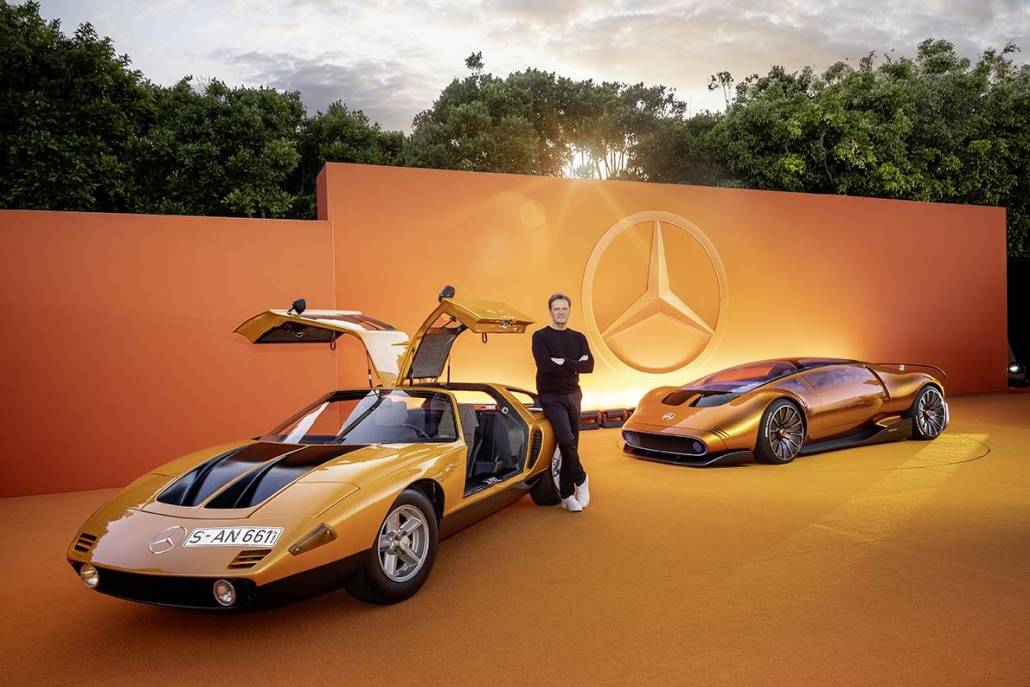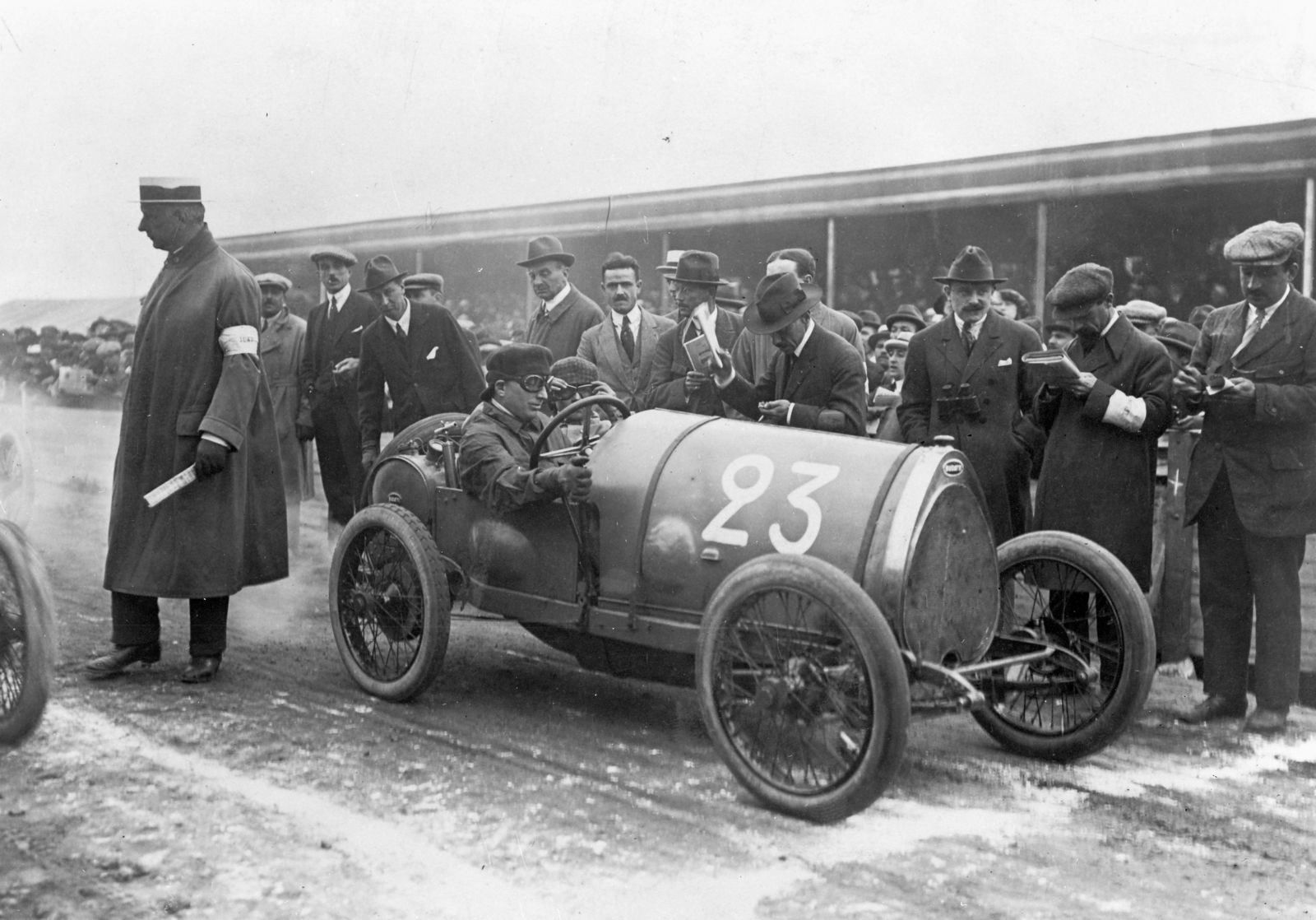Carlsbad/Stuttgart, June 15, 2023
CreatingIconicLuxury: The Mercedes-Benz brand history is a source of inspiration for the future.
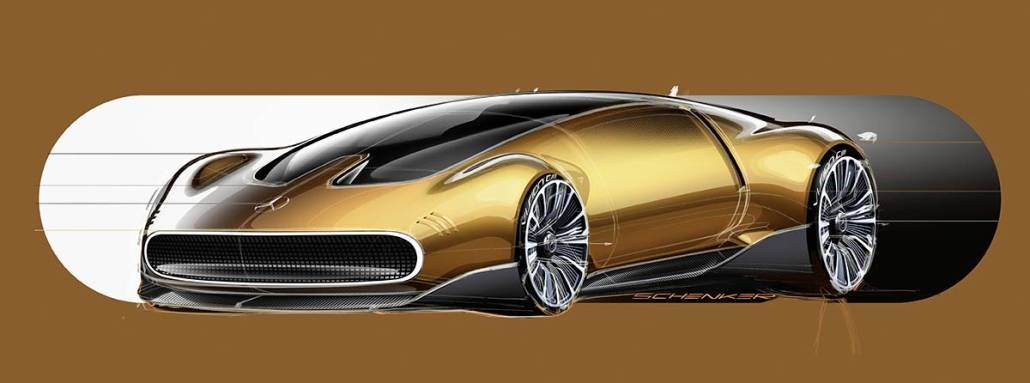
From the three-pointed star to gullwing doors and cab-forward design: over the decades, the Mercedes-Benz design
teams have created and established iconic elements. These are unmistakably associated with the brand,
shaping the Mercedes-Benz myth and creating desire. The Mercedes-Benz design team will continue to
develop the brand’s iconic style to further strengthen this heritage and carry it into the future.
PinnacleOfExclusivity: Exceptional customisation options, one-offs from collaborations, limited collector’s
and special editions, pioneering show cars and research and concept vehicles are the epitome of exclusivity
for Mercedes-Benz.
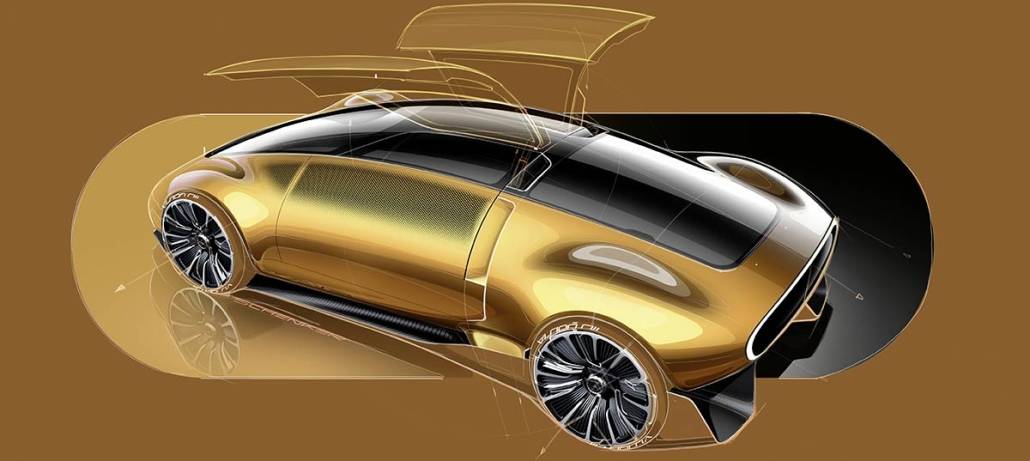
IDCCarlsbad: The Mercedes-Benz Design Centers provide important impetus for the continuous
development of the design philosophy of sensual purity and for setting trends with new design ideas. At the
International Design Center Carlsbad, the Mercedes-Benz design Team creates show car exteriors, vehicle
studies and mobility concepts for tomorrow and beyond. It does this by picking up on stylistic trends on site,
then analysing and creatively implementing them.
The Californian lifestyle influences the site just as much as
its proximity to Mercedes-Benz Research & Development North America. A very special form of creativity
flourishes in Carlsbad, leaving its mark on Mercedes-Benz design and opening up new perspectives.

VisionOneEleven: With the Mercedes-Benz Vision One-Eleven, the brand presents a concept sports car that
progressively reinterprets the C 111, a brand icon of the 1970s. Much like its historic predecessor, it
combines stunning design with the most innovative drive technology. The Vision One-Eleven makes use of
axial flux motors from YASA, which have an unmatched power density far beyond comparable radial motors,
while being extremely lightweight.

ExclusiveCollection: Mercedes-Benz is launching the “LIMITED EDITION 1 OF 111” collection along with the
Mercedes-Benz Vision One-Eleven. This is the first time that an iconic design study has been accompanied by
a lifestyle collection consisting of five exclusive pieces. In addition to the striking colour of the concept sports
car, the individual accessories also reflect the vehicle’s characteristic design elements.
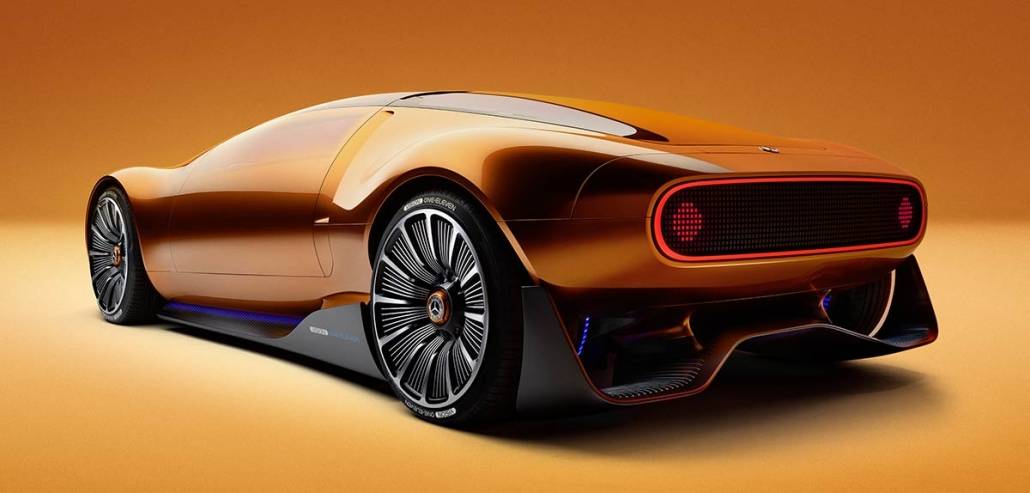
AugmentedReality: The Mercedes-Benz design team used augmented reality (AR) to create a visionary user
experience for the premiere of the Mercedes-Benz Vision One-Eleven and integrated it into a virtual test
model of the Vision One-Eleven interior. The physical vehicle interior and the digital interface merge
seamlessly, so that virtually the entire car becomes a user interface.
